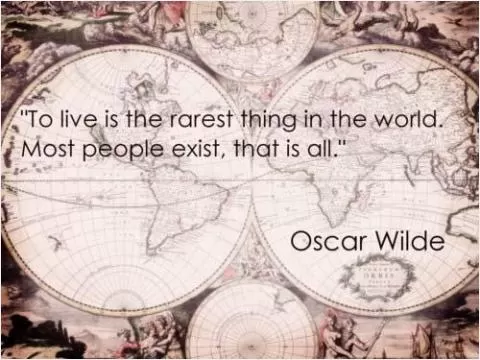The English public, as a mass, takes no interest in a work of art until it is told that the work in question is immoral

The English public, as a mass, takes no interest in a work of art until it is told that the work in question is immoral
Oscar Wilde, a prominent figure in the Aesthetic movement of the late 19th century, was no stranger to controversy. His works often challenged societal norms and conventions, pushing the boundaries of what was considered acceptable in Victorian England. Wilde's plays, novels, and essays were known for their wit, humor, and sharp social commentary, but they also frequently dealt with themes of sexuality, morality, and the nature of art itself.One of Wilde's most famous works, "The Picture of Dorian Gray," caused a scandal upon its publication in 1890. The novel tells the story of a young man named Dorian Gray who sells his soul in exchange for eternal youth and beauty. As Dorian's portrait ages and decays, reflecting the corruption of his soul, he becomes increasingly hedonistic and immoral. The novel's exploration of vanity, decadence, and the consequences of living a life devoid of moral responsibility shocked and scandalized many readers at the time.
Wilde himself was no stranger to scandal. His personal life was as colorful and controversial as his works, and he was known for his flamboyant style, sharp wit, and unconventional behavior. Wilde's homosexuality, which was illegal in Victorian England, eventually led to his downfall. In 1895, Wilde was convicted of "gross indecency" and sentenced to two years of hard labor. The trial and its aftermath were widely covered in the press, and Wilde's reputation was irreparably damaged.












 Friendship Quotes
Friendship Quotes Love Quotes
Love Quotes Life Quotes
Life Quotes Funny Quotes
Funny Quotes Motivational Quotes
Motivational Quotes Inspirational Quotes
Inspirational Quotes